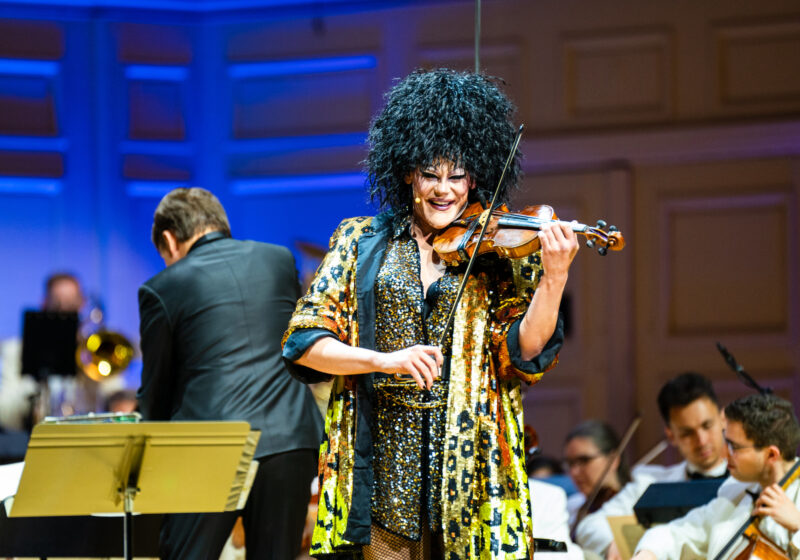In light of the recent reports of religious solicitation of students on campus, it’s important to have conversations about religion and faith, one of these being about religious tolerance. Tolerance sometimes has a negative connotation; it does not simply mean, “to put up with someone or something we don’t like.” To practice religious tolerance means to acknowledge and support another persons religion or faith and to accept it for what it is. One does not have to agree with any of the other person’s beliefs. One simply has to accept the differences between other faith systems that are different than their own and be open to diversity.
Religious tolerance has, in the past, been a difficult thing for our country. We need only look back a few years to find a prime example. Park 51, an Islamic community center in New York City, opened its doors in 2011, but not without extreme controversy. Many people in New York City and across the country felt strongly that an Islamic Center should not be built so close to the Ground Zero site. Some bloggers dubbed it the “Ground Zero Mosque” and claimed that it was a disrespect to the memory of all the lives lost in the 9/11 terrorist attacks to have a building dedicated to the Islamic faith close to the site. President Obama stated in defense of the center, “This is America. And our commitment to religious freedom must be unshakable. The principle that people of all faiths are welcome in this country and that they will not be treated differently by their government is essential to who we are.”
Our generation cannot be blamed for this, however. Nor can our parents’ or grandparents’ generations be blamed. This pattern of religious intolerance started long before us when our ancestors first came to America. We are often taught in elementary school that people came to this land for religious freedom. Though this is somewhat true, the settlers
didn’t extend the courtesy of religious freedom to others once they arrived; everyone had to practice their faith or else be shunned from society. In the case of some of the Native American tribes, the message was even more severe: convert or be killed.
It is not clear why this has always been the case. Why do people often believe they are right in their religious choices and therefore feel compelled to save everyone else? Why do some feel the need to try and recruit others for their faith instead of giving people the right to choose? Some people are born into their faith their parents and grandparents have always been members of a specific church and they are, by default, members. Others are given the option to choose their faith and go on spiritual treasure hunts for what feels right to them. We know ourselves better than anyone else in the world and need to be trusted to find a faith that works for us. We should also be trusted to make the decision if we do not want to be a part of a faith community, and that should be completely acceptable.
To the church communities that knock on doors, hand out fliers, and, in the case of the recent events on campus, track people down in parking lots and recruit them for Bible studies, your concern is understandable. You want to spread your new discoveries about your higher power (whatever he/she/they may be called) with everyone. You have found happiness in your faith, in your religion, and you want others to feel the same way you do. But please do not track us down after dark on our private campus when we are walking alone and try to convert us to your faith. That’s just crossing the line.



